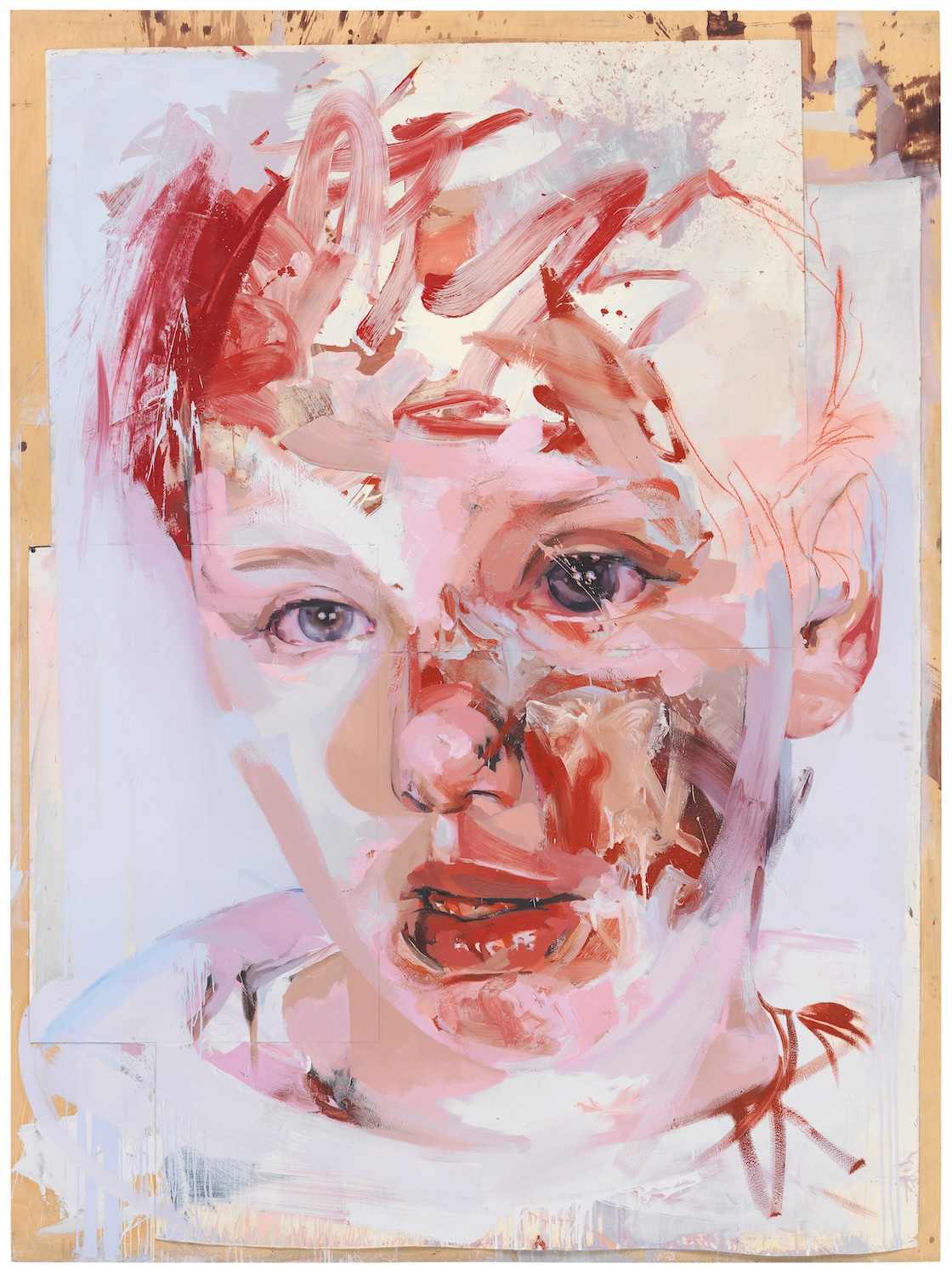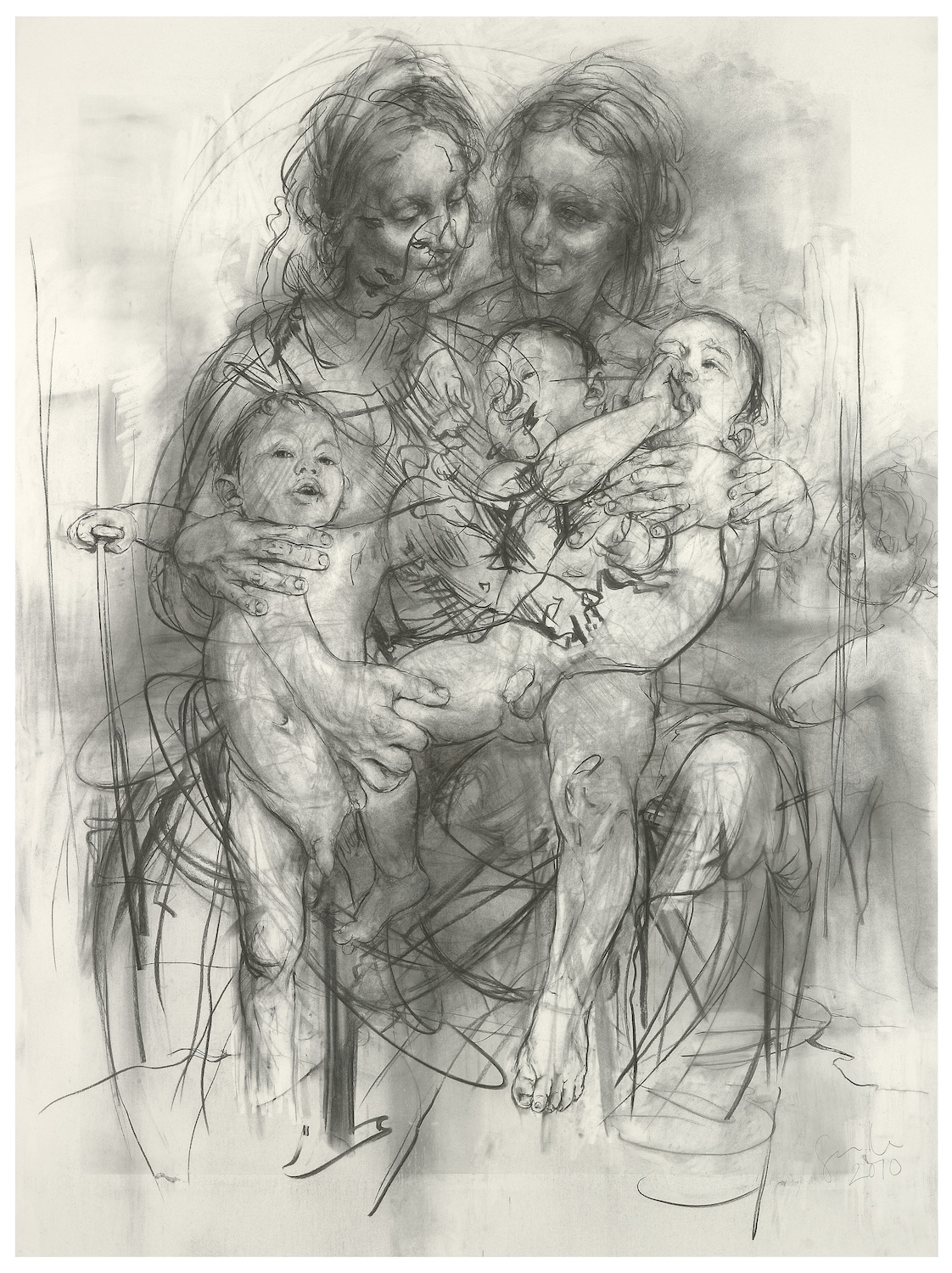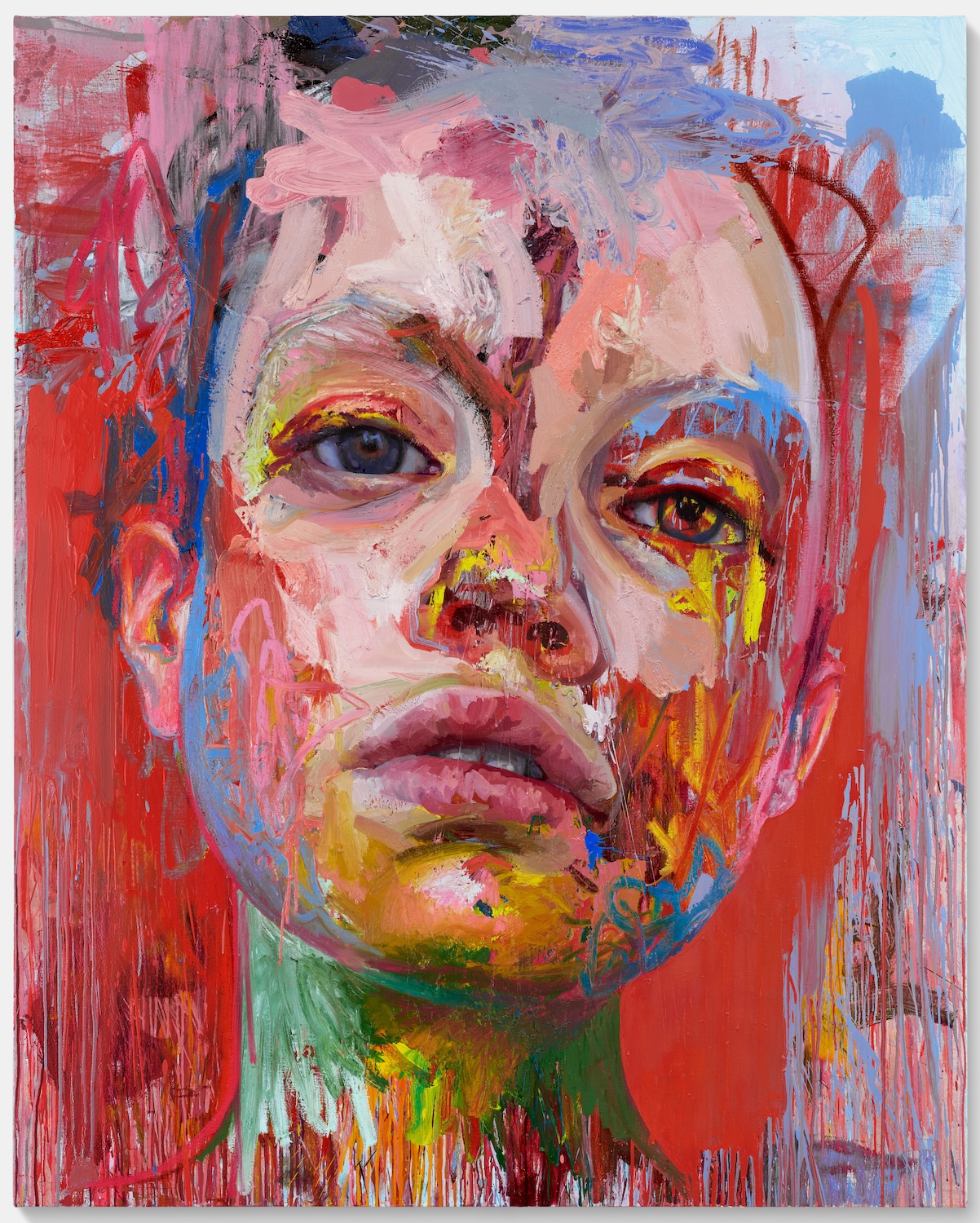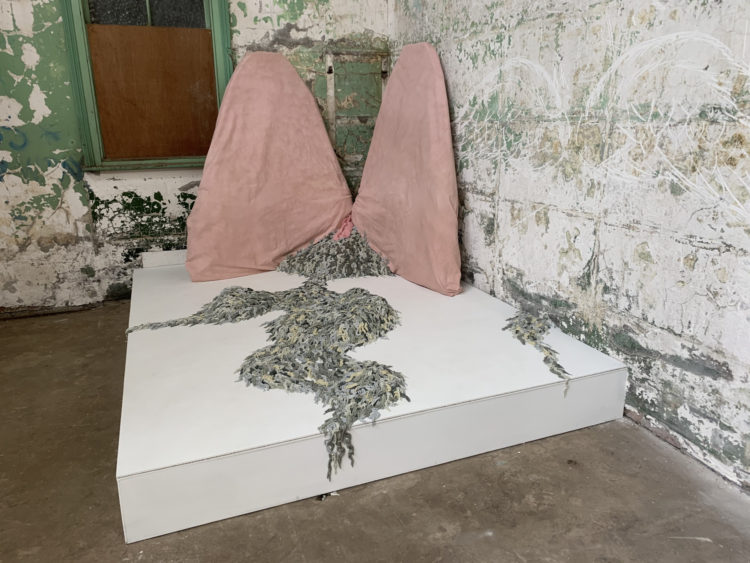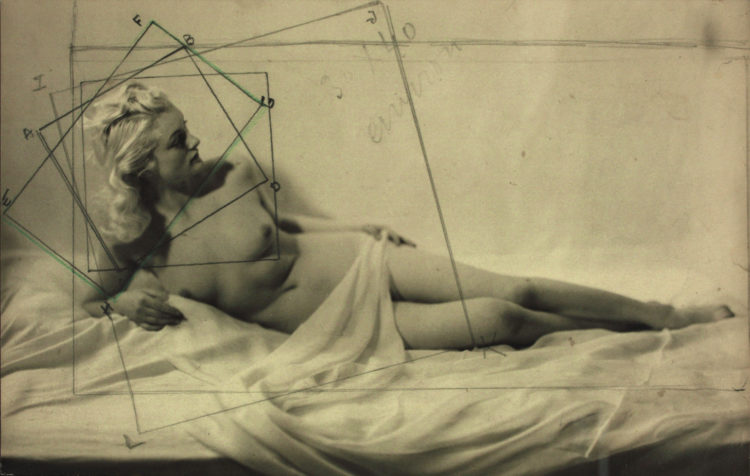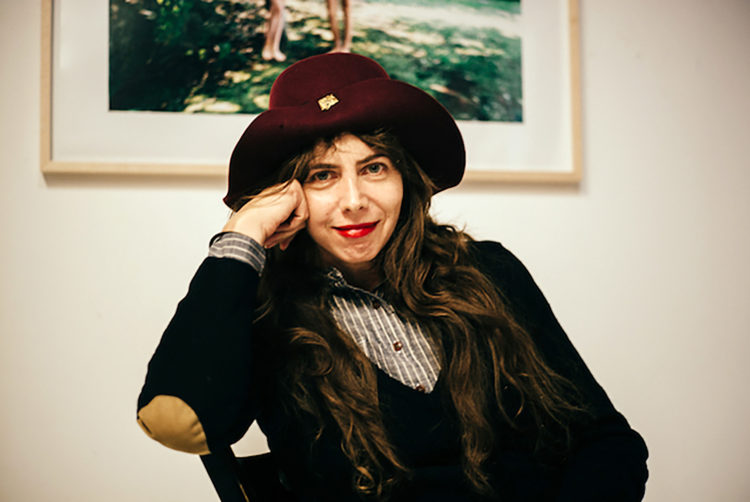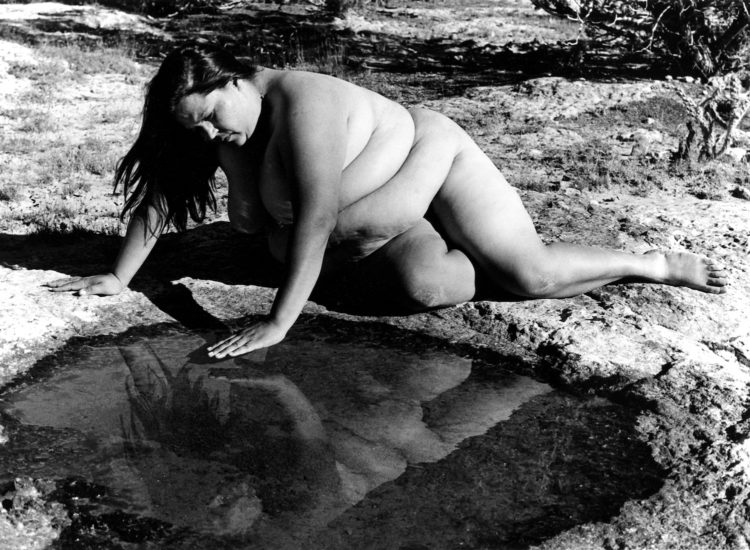Jenny Saville
John Elderfield, Jenny Saville: Oxyrhynchus, New York: Gagosian Gallery, 2015
→Cheryl Brutvan and Nicholas Cullinan, Jenny Saville, West Palm Beach, FL: Norton Museum of Art, 2011
→Linda Nochlin, Jenny Saville: Migrants, New York: Gagosian Gallery, 2003
NOW: Jenny Saville, National Galleries of Scotland, Edinburgh, March-September 2018
→Jenny Saville, Norton Museum of Art, West Palm Beach (Florida) / Museum of Modern Art, Oxford, November 2011-March 2012
→Jenny Saville, Museo d’Arte Contemporanea, Rome, January-March 2005
British painter.
Jenny Saville is acclaimed for her uncompromising exploration of the figure. Her paintings are characterised by bravura mark making, visceral passages of colour, form and line, and a technical skill in conjuring flesh from paint on a monumental scale. Together, these lend a dynamic physicality to her works. As a child J. Saville discovered the power of looking, becoming fascinated by the art of past artists such as Titian and Tintoretto. She went on to study Fine Art at Glasgow School of Art from 1988 to 1992, including a scholarship to the University of Ohio, Cincinnati, United States. During the early 1990s she encountered writings by French feminist theorists; her painting Propped (1992), included in her final degree show, incorporates a text by Luce Irigaray. As a student she received numerous awards and accolades, and quickly achieved international recognition. Retaining a deep sense of curiosity, in the mid-1990s she observed plastic surgery procedures to fully understand the structures of muscle, tissue, bone and skin, bringing this into her paintings. Her confrontational and uncompromising works brought her great acclaim during this period, and she became associated with the Young British Artists (YBAs), featuring in exhibitions such as Young British Artists III (1994) and Sensation (1997). After spending time in New York, she moved to Palermo, Italy during the 2000s. It was there that the artist began working in series, often over several years, such as her Stare paintings, made over the period 2005-2011.
In 2009 she began work on Reproduction Drawings (2009-2011), introducing charcoal drawing into her practice to pay homage to the tradition of Madonna and Child iconography with a deeply personal intent. Many of these, and related works, include prolific, fluid lines that overlay and almost obscure her figures. A decade later, she began to intensify her colour palette, making paintings that vibrate with a sense of heat and light. Drawing on wide-ranging visual stimulus across time, place and disciplines, including ancient mythology, J. Saville has continued to take a contemporary lens to the ways the body has been depicted throughout history, finding new ways to extend the parameters of her chosen medium. Constantly innovating, she has tackled varied subjects throughout her career, pushing at the perceptions of “imperfection” and “beauty’” considering maternity and motherhood, as well as pain, suffering and loss. Throughout, she uses the process of painting to provoke a meditation on human existence in all its variety, abundance and complexity.
As well as numerous international solo exhibitions, her work has been included in many important group exhibitions including Pittura/Painting: From Rauschenberg to Murakami, 1964-2003, Museo Correr, Venice as part of the 50th Venice Biennale (2003) and All Too Human: Bacon, Freud and a Century of Painting Life at Tate Britain, London (2018). Her works are held in major collections internationally including the National Galleries of Scotland, Edinburgh; the Metropolitan Museum of Art, New York; Museum of Fine Arts, Houston; and Tate, London.



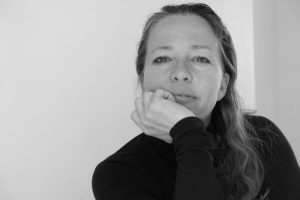
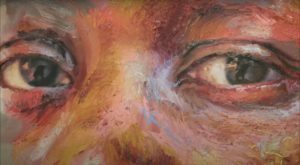 Jenny Saville in Florence, trailer | Museo Novecento, TBC, 2022
Jenny Saville in Florence, trailer | Museo Novecento, TBC, 2022 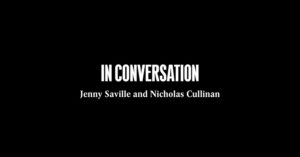 Artist Spotlight: Jenny Saville and Nicholas Cullinan in Conversation | Gagosian, 2020
Artist Spotlight: Jenny Saville and Nicholas Cullinan in Conversation | Gagosian, 2020 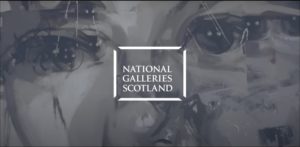 Jenny Saville: Life Under a Microscope | National Galleries of Scotland, Edinburgh, 2018
Jenny Saville: Life Under a Microscope | National Galleries of Scotland, Edinburgh, 2018 
